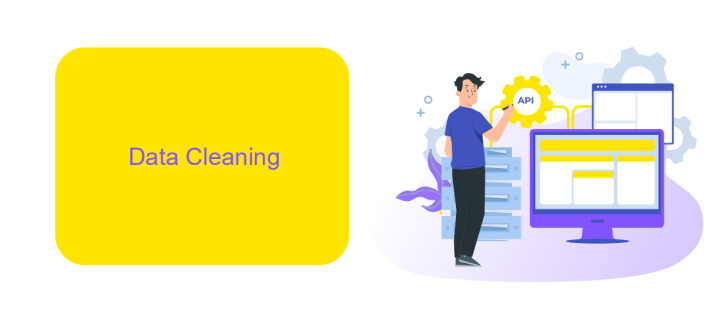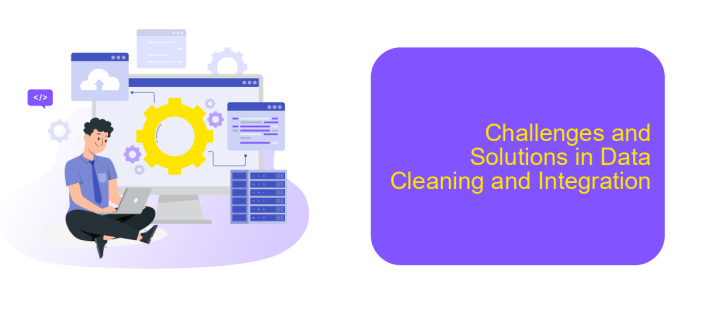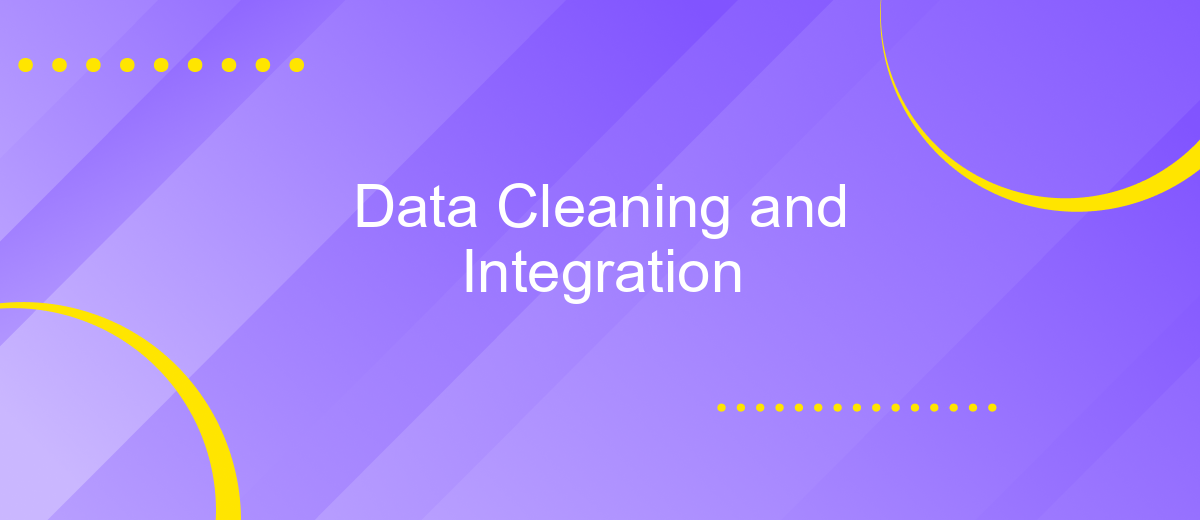Data Cleaning and Integration
Data cleaning and integration are fundamental processes in data management that ensure the accuracy, consistency, and usability of data. By identifying and correcting errors, removing duplicates, and merging data from various sources, these processes enhance data quality and reliability. This article explores the essential techniques and best practices for effective data cleaning and integration, highlighting their importance in data-driven decision-making.
Introduction
Data cleaning and integration are critical steps in the data management process, ensuring that data is accurate, consistent, and usable for analysis. These processes help organizations to make informed decisions, improve operational efficiency, and gain competitive advantages. Without proper data cleaning and integration, data-driven initiatives can be compromised, leading to erroneous conclusions and wasted resources.
- Data Cleaning: This involves detecting and correcting errors in the data, such as missing values, duplicates, and inconsistencies.
- Data Integration: This process combines data from different sources, providing a unified view that is essential for comprehensive analysis.
- Tools and Services: Solutions like ApiX-Drive facilitate seamless data integration by automating the transfer and synchronization of data between various platforms and applications.
Effective data cleaning and integration are foundational to the success of any data-driven project. Leveraging tools like ApiX-Drive can significantly streamline these processes, enabling organizations to focus on deriving insights and driving value from their data. By prioritizing these steps, businesses can ensure the reliability and integrity of their data, ultimately supporting better decision-making and strategic planning.
Data Cleaning

Data cleaning is a crucial step in the data processing workflow, aimed at identifying and rectifying errors, inconsistencies, and inaccuracies within datasets. This process involves various techniques such as removing duplicate records, correcting misspelled words, and filling in missing values to ensure the dataset is accurate, reliable, and ready for analysis. Effective data cleaning reduces the risk of erroneous insights and enhances the quality of decision-making processes.
Automating data cleaning can significantly streamline this labor-intensive task. Tools like ApiX-Drive offer robust solutions for integrating and cleaning data from multiple sources. By leveraging ApiX-Drive, organizations can automate the detection and correction of data discrepancies, ensuring seamless data integration and consistency across platforms. This not only saves time but also enhances the overall efficiency and accuracy of data-related operations, allowing businesses to focus on deriving actionable insights from their data.
Data Integration

Data integration is a crucial step in ensuring that disparate data sources can work together to provide a unified view. This process involves combining data from different sources, such as databases, applications, and systems, to make it available for analysis and reporting. Effective data integration helps organizations make informed decisions based on comprehensive and consistent data.
- Identify data sources: Determine the various sources of data that need to be integrated.
- Data mapping: Define how data from different sources will be mapped to a common format.
- Transformation: Convert data into a consistent format to ensure compatibility.
- Data loading: Load the transformed data into a target system or data warehouse.
- Validation: Ensure the integrated data is accurate and complete.
Tools like ApiX-Drive can simplify the data integration process by automating the transfer and transformation of data between various platforms. By using such services, organizations can reduce the time and effort required for manual data integration, ensuring that data is always up-to-date and readily available for analysis. This ultimately leads to better decision-making and enhanced operational efficiency.
Challenges and Solutions in Data Cleaning and Integration

Data cleaning and integration present numerous challenges that can significantly impact the quality and usability of data. One of the primary issues is dealing with incomplete or inconsistent data, which can lead to inaccurate analysis and decision-making. Additionally, integrating data from multiple sources often results in discrepancies in data formats and standards, complicating the integration process.
Another challenge is the detection and removal of duplicate records, which can inflate data volumes and skew results. Data cleaning also requires significant time and resources, often necessitating specialized tools and expertise. Without proper cleaning and integration, data silos persist, preventing a holistic view of the information.
- Utilize automated tools like ApiX-Drive to streamline data integration from various sources.
- Implement data validation rules to ensure consistency and completeness.
- Regularly audit and update data to maintain its accuracy and relevance.
- Use machine learning algorithms to identify and rectify anomalies and duplicates.
By addressing these challenges with robust solutions, organizations can enhance the reliability and accessibility of their data. Leveraging tools like ApiX-Drive can simplify the integration process, ensuring seamless data flow across different platforms and improving overall data quality.
Conclusion
In conclusion, data cleaning and integration are essential processes in ensuring the accuracy and usability of data in any analytical or operational context. Proper data cleaning methods eliminate inconsistencies, errors, and redundancies, thereby enhancing the quality of the data. On the other hand, data integration combines data from various sources, providing a unified view that is crucial for comprehensive analysis and informed decision-making. These processes, when executed effectively, can significantly improve the reliability and efficiency of data-driven activities.
Furthermore, utilizing advanced tools and services like ApiX-Drive can streamline the integration process, making it easier to connect and synchronize data from multiple platforms. ApiX-Drive offers automated workflows that simplify data transfer, reducing manual effort and minimizing the risk of errors. By leveraging such technologies, organizations can ensure seamless data integration, thereby maximizing the value derived from their data assets. Ultimately, investing in robust data cleaning and integration practices is a strategic move that can lead to better insights, improved operational efficiency, and a competitive advantage in the data-driven landscape.
FAQ
What is data cleaning and why is it important?
What are common data cleaning techniques?
How can I automate data cleaning processes?
What is data integration and why is it necessary?
How can I set up automated data integration between multiple platforms?
Time is the most valuable resource in today's business realities. By eliminating the routine from work processes, you will get more opportunities to implement the most daring plans and ideas. Choose – you can continue to waste time, money and nerves on inefficient solutions, or you can use ApiX-Drive, automating work processes and achieving results with minimal investment of money, effort and human resources.

